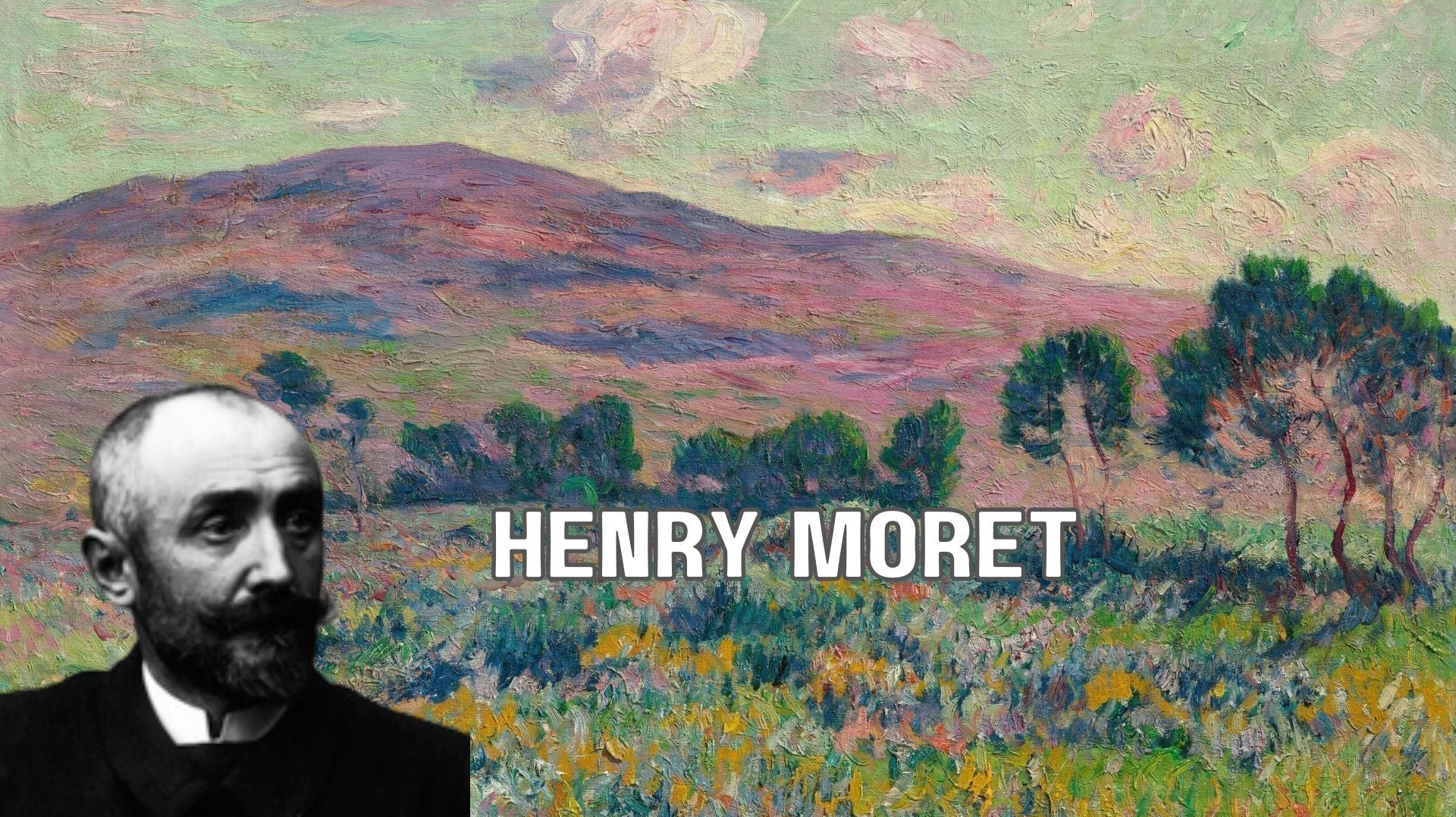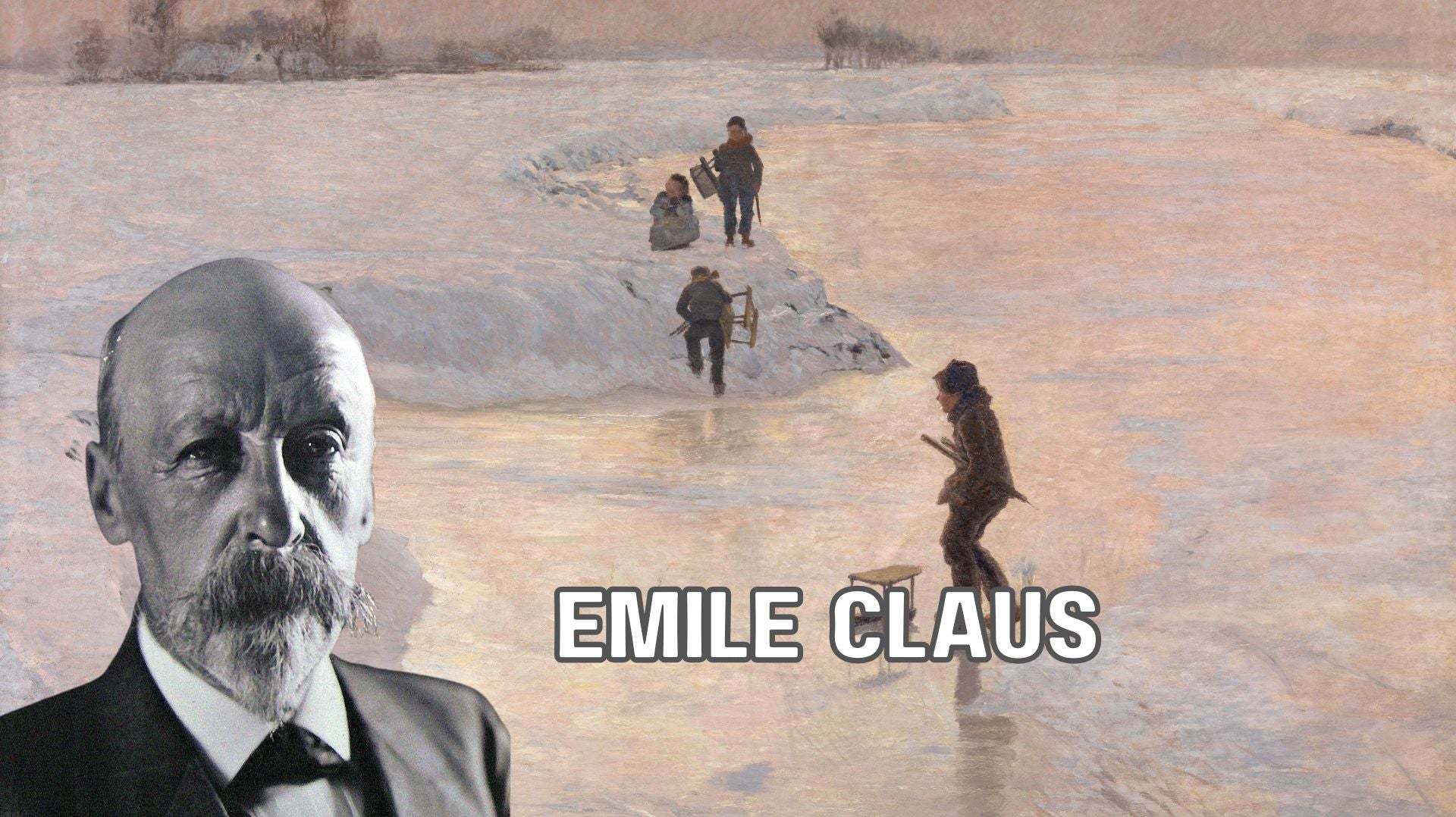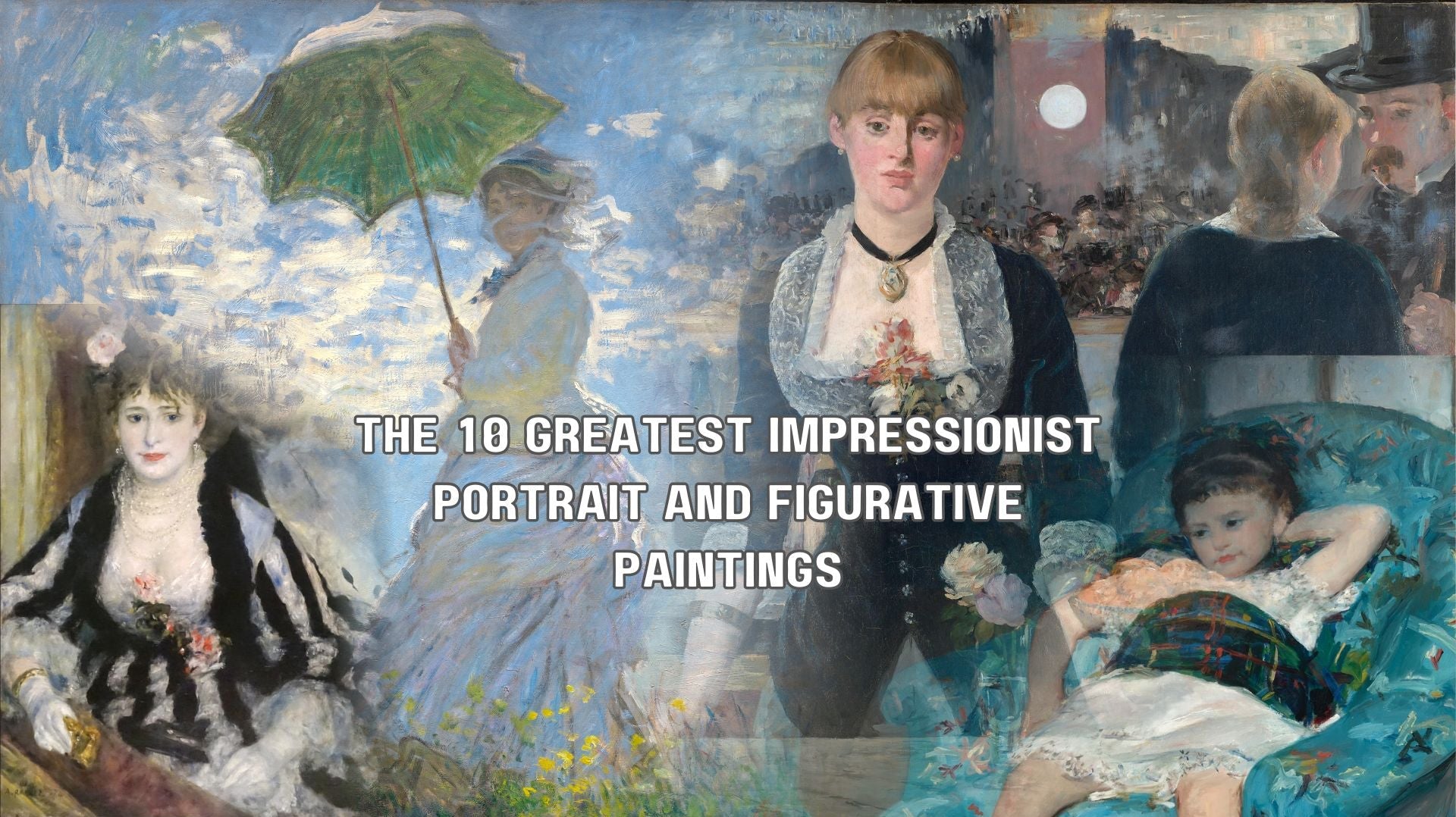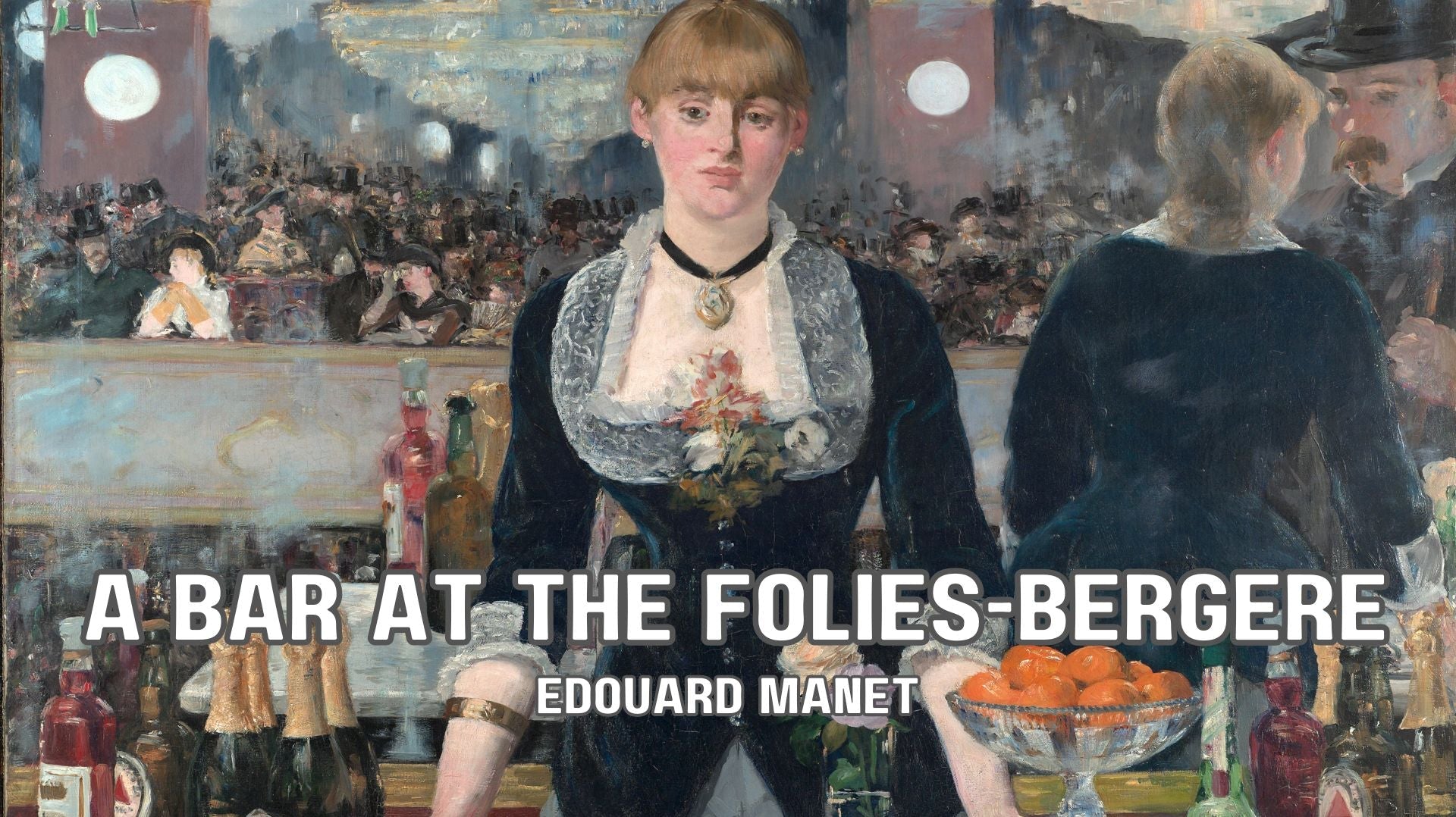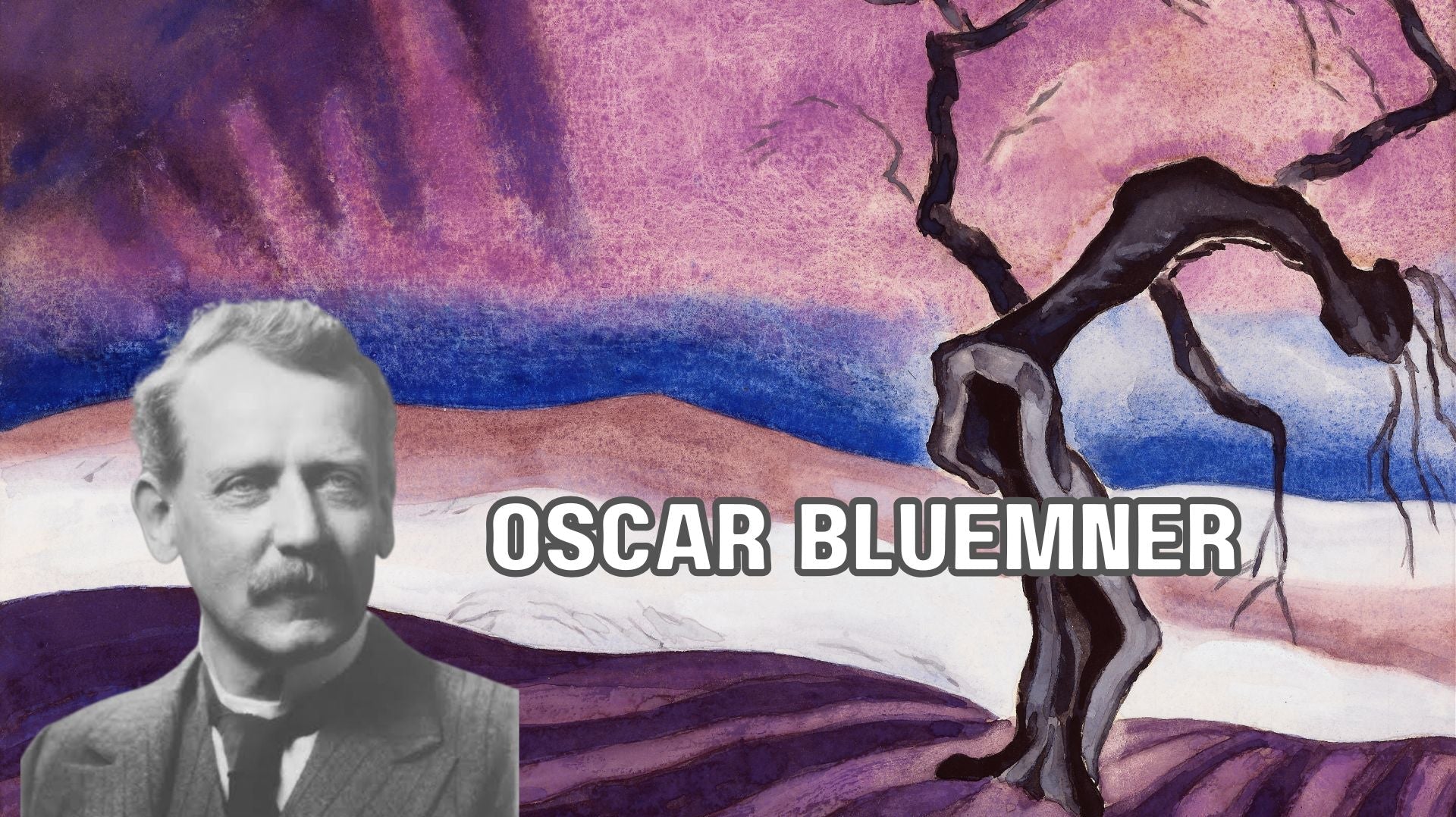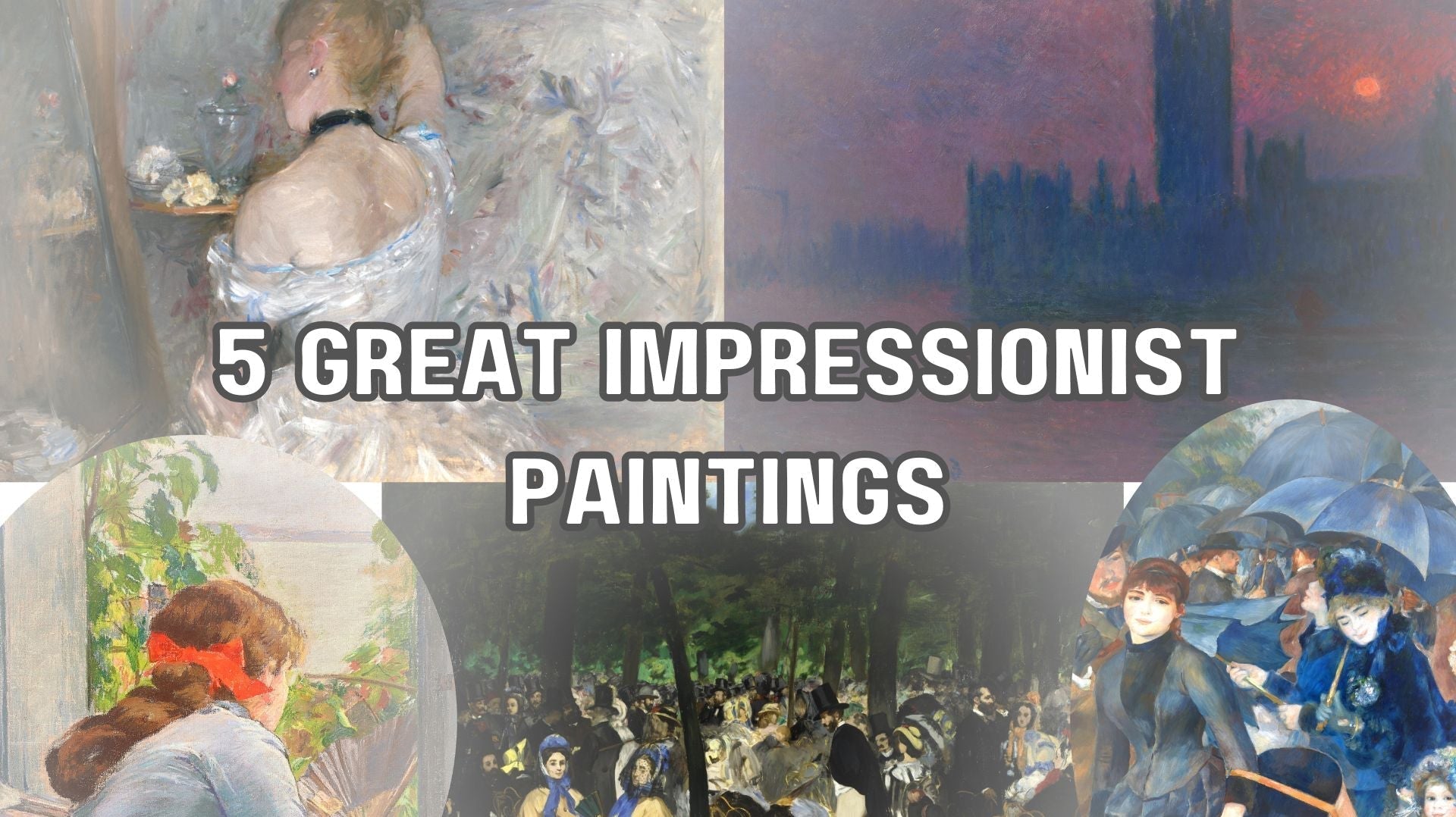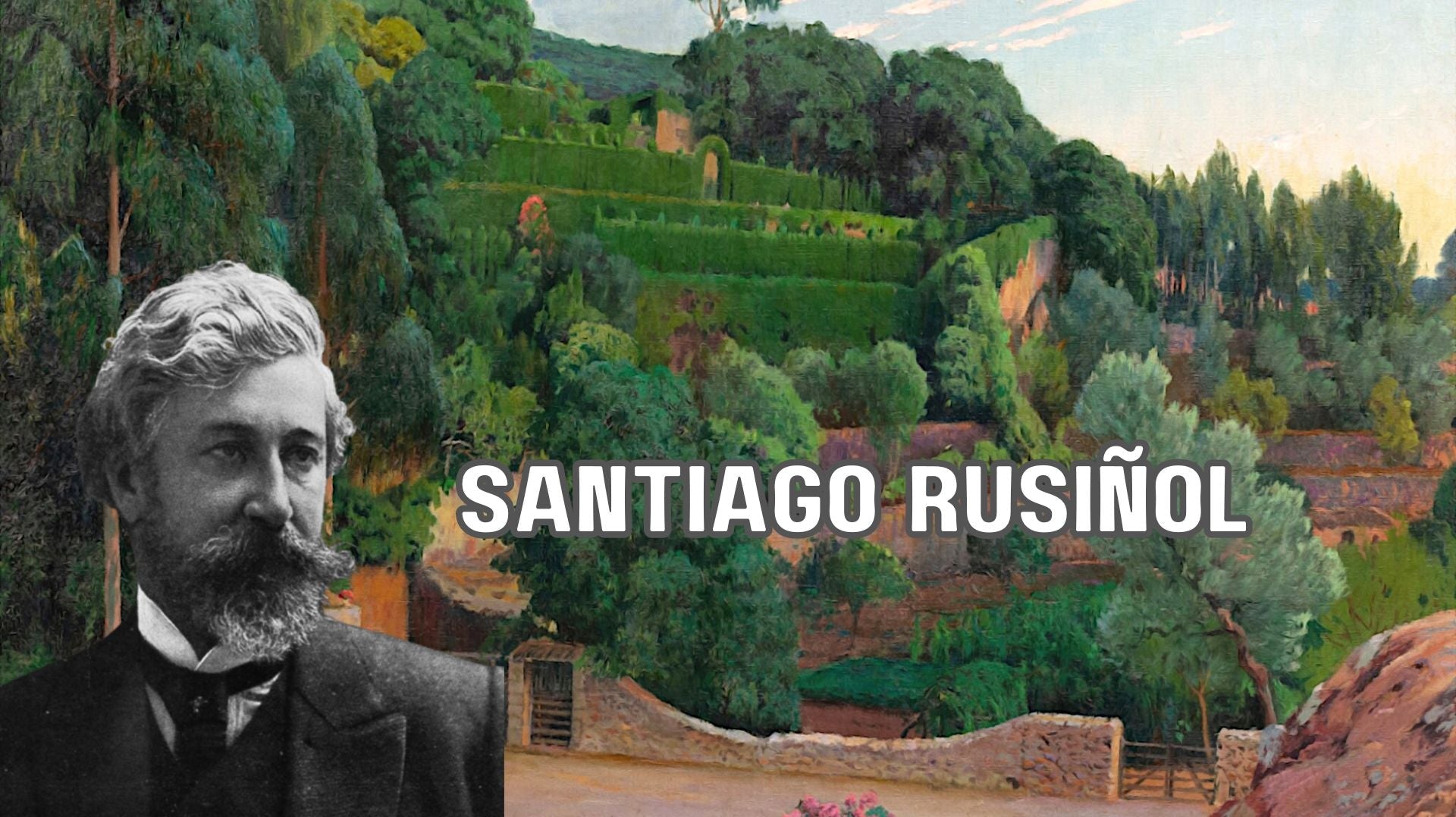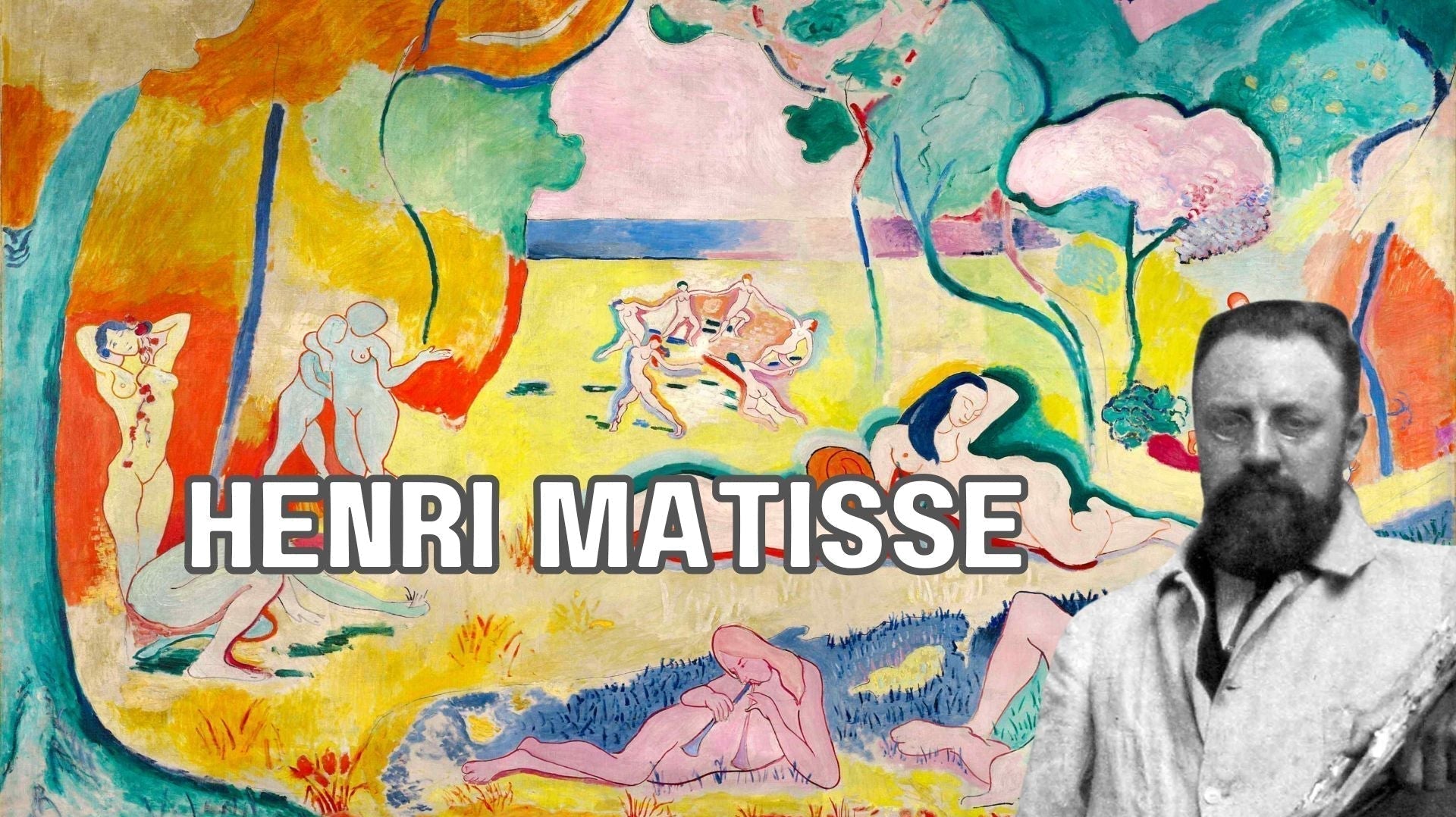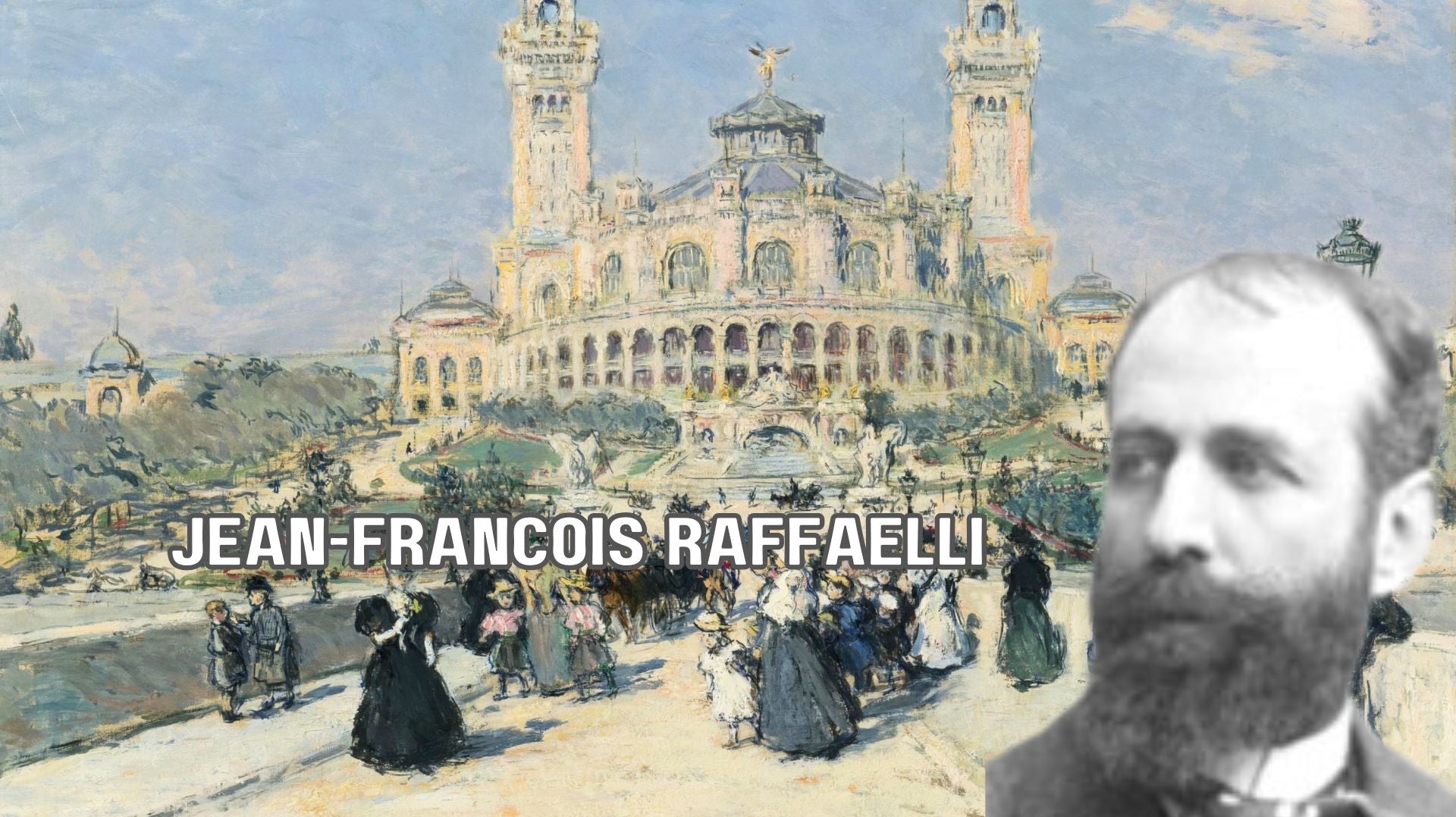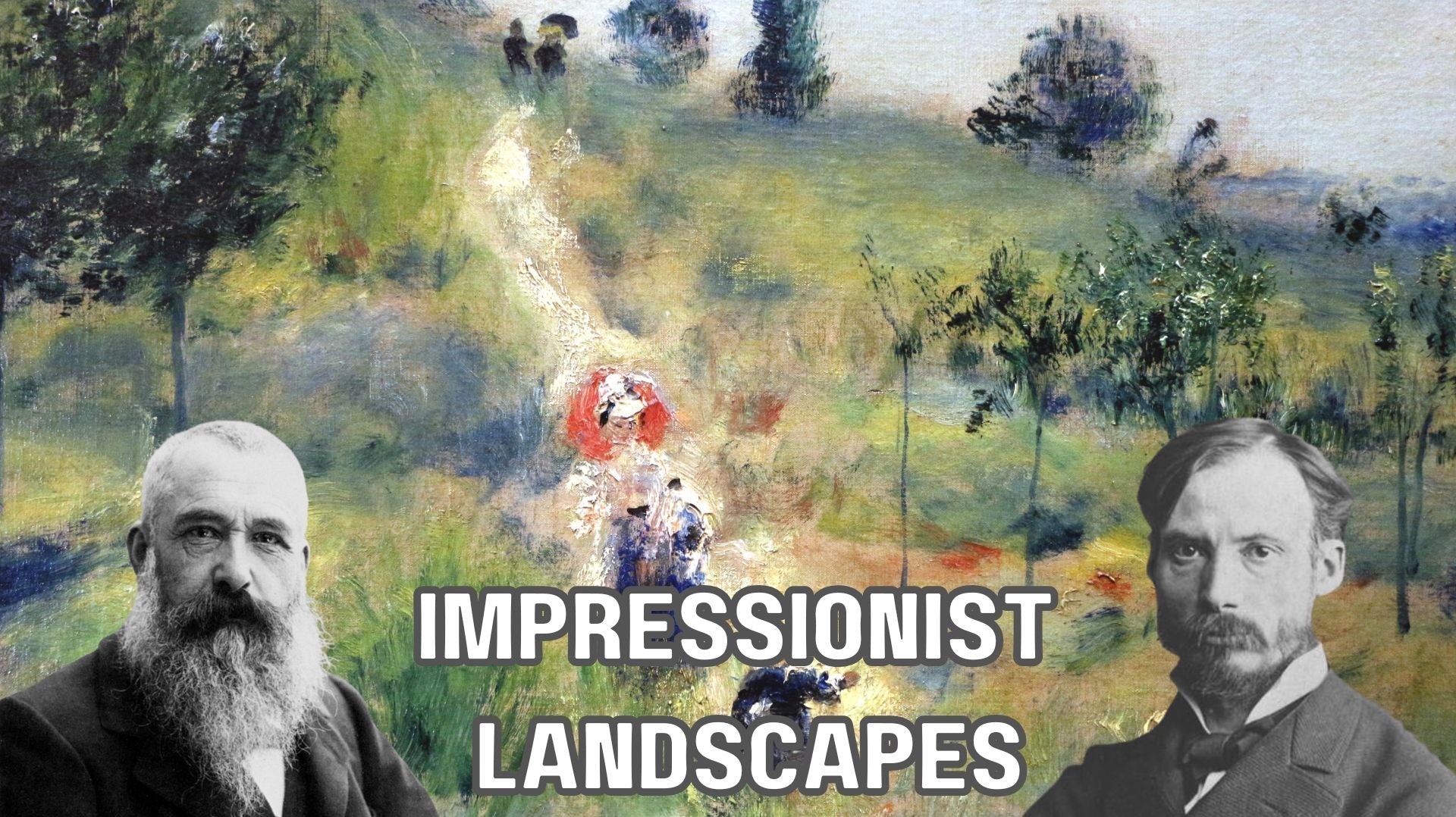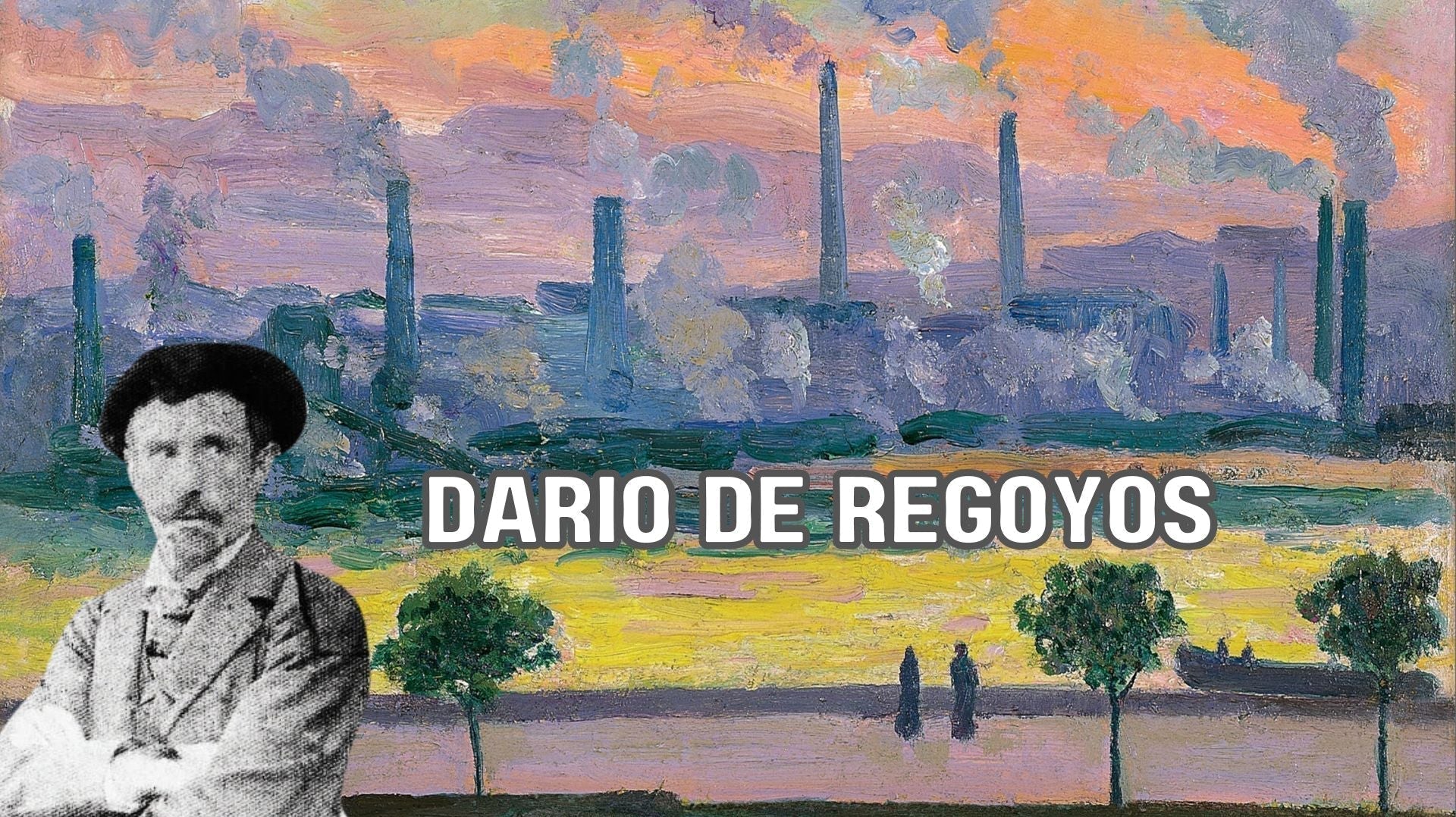Art News and Articles
The Paintings of Henry Moret: A Master of Breton Landscapes
Henry Moret was a master of Impressionist and Post-Impressionist landscapes, renowned for his depictions of Brittany’s rugged coastlines and rural scenery. His famous paintings, including The Boats at Doëlan, The Red Sail, and Mist on the River at Pont-Aven, showcase his unique ability to capture light, movement, and atmosphere.
Emile Claus: The Luminous Painter of Rural Belgium
Emile Claus, a prominent Belgian painter, masterfully captured the essence of rural Flanders through his luminous artworks. His notable paintings, including "Skaters" and "Morning Reflection on the Thames in London," exemplify his skill in portraying light and color, solidifying his legacy in the Luminism movement
Best Wall Art Ideas for Neutral Tones: Top 10 Prints & Canvas Panels
Discover the top 10 neutral wall art prints and canvas panels, from Andrew Wyeth to John Singer Sargent. Elevate your space with elegant, calming artwork in soft beige, white, and muted tones. Shop these timeless pieces now.
The 10 Greatest Impressionist Portrait and Figurative Paintings
Explore the ten greatest Impressionist portraits and figurative paintings, including masterpieces by Monet, Renoir, Degas, and Cassatt. Discover their artistry and emotional depth.
Édouard Manet's "A Bar at the Folies-Bergère": A Complete Analysis
Édouard Manet's A Bar at the Folies-Bergère masterfully captures 19th-century Parisian life, juxtaposing urban vibrancy with personal isolation. Through innovative composition and rich symbolism, Manet delves into themes of reality versus reflection, making this work a cornerstone of modern art.
Oscar Bluemner: The Architect of American Modernism
Oscar Bluemner (1867–1938) was a German-American modernist painter known for his bold use of color and geometric forms. Influenced by Expressionism and Cubism, Bluemner's dynamic urban and rural landscapes cement his legacy as a pioneering American modernist. Discover his biography, artistic influences, and lasting impact on modern art.
Top 5 Most Popular Impressionist Paintings: A Detailed Analysis
Explore the top five most popular Impressionist paintings, including masterpieces by Berthe Morisot, Claude Monet, Eva Gonzalès, Edouard Manet, and Pierre-Auguste Renoir. Discover in-depth analyses of their significance and artistry, along with links to high-quality fine art prints.
Santiago Rusiñol: The Artistic Visionary of Catalan Modernism
Santiago Rusiñol (1861-1931) was a Catalan Modernist painter, writer, and cultural icon. His Impressionist-inspired landscapes and Symbolist themes captured Spain’s artistic essence. As a leader in Modernisme, he transformed Sitges into a creative hub. Discover his life, artistic evolution, and enduring influence in this comprehensive exploration.
Henri Matisse: The Master of Color and Form
Henri Matisse, a pioneering French artist, revolutionized modern art with his bold colors, expressive lines, and innovative cut-outs. As the leader of Fauvism, he influenced generations of artists. Discover his biography, painting style, and lasting legacy in this comprehensive article, exploring his major works and artistic affiliations.
Jean-François Raffaëlli: An Interplay of Realism and Impressionism
Discover the life and artistry of Jean-François Raffaëlli, a pivotal French artist renowned for his realistic depictions of Parisian life and working-class struggles. Explore his style, techniques, and lasting legacy.
The 10 Greatest Impressionist Landscape Paintings: A Complete Analysis
Explore the beauty of Impressionism through the ten greatest landscape paintings, including works by Monet, Renoir, and Cézanne. Discover their significance and timeless appeal.
Dario de Regoyos: An Exploration of the Spanish Impressionist’s Legacy
Discover the life and works of Dario de Regoyos, a Spanish Impressionist whose innovative techniques and evocative landscapes redefined modern art in Spain and beyond.

